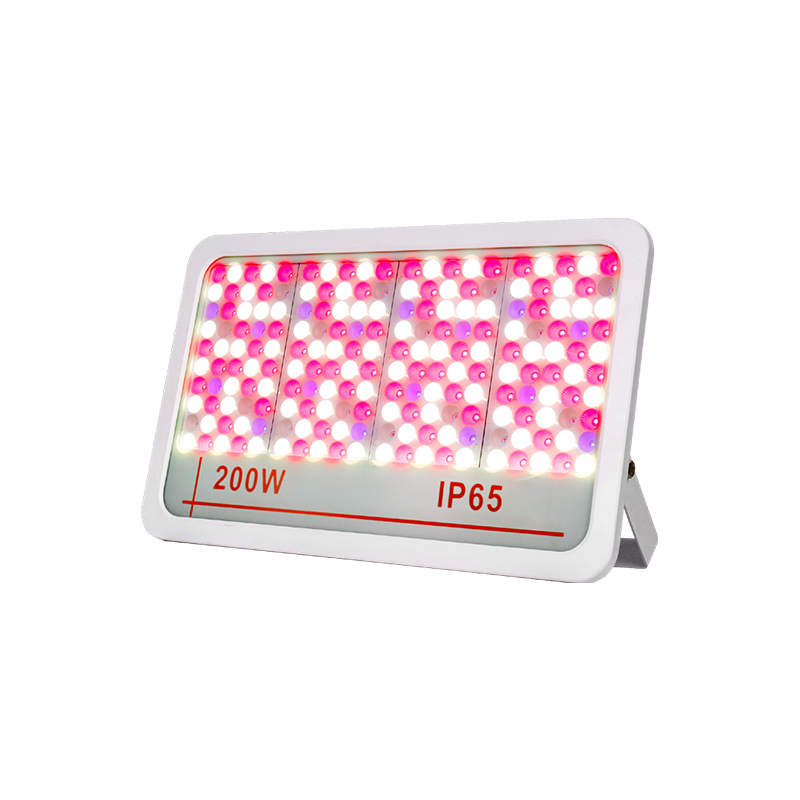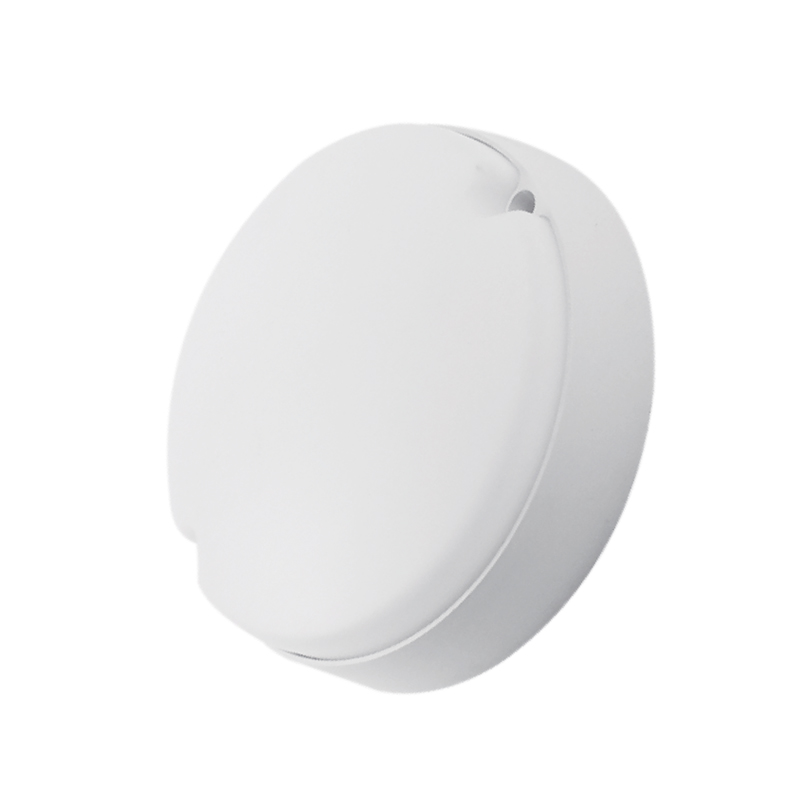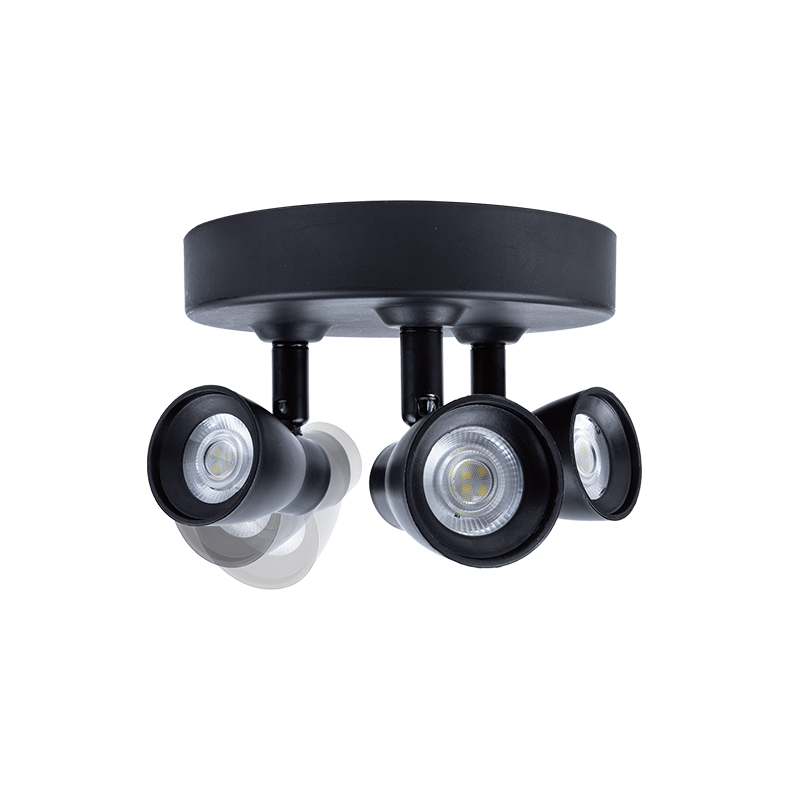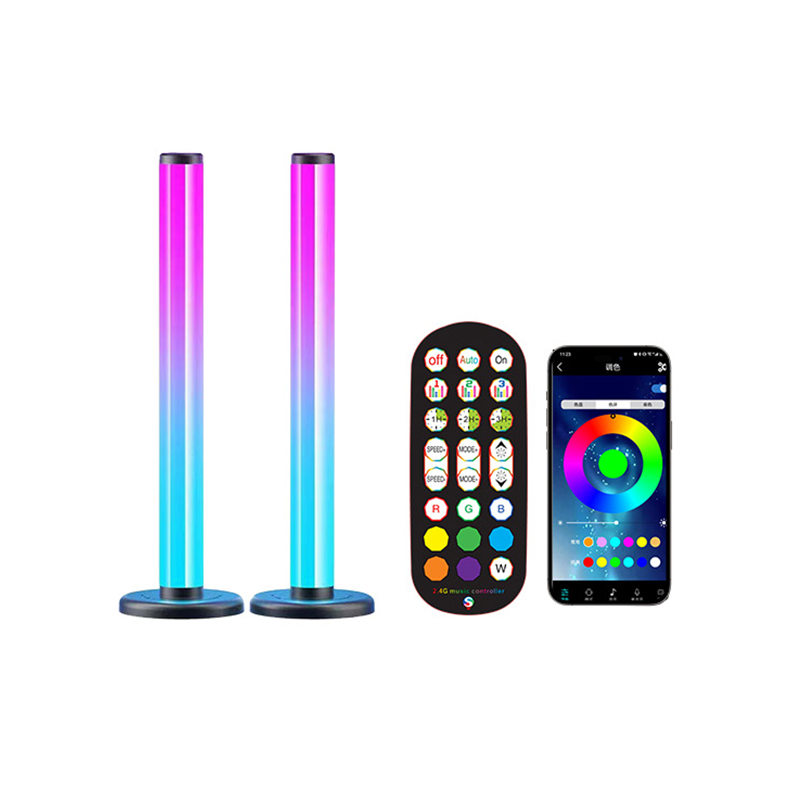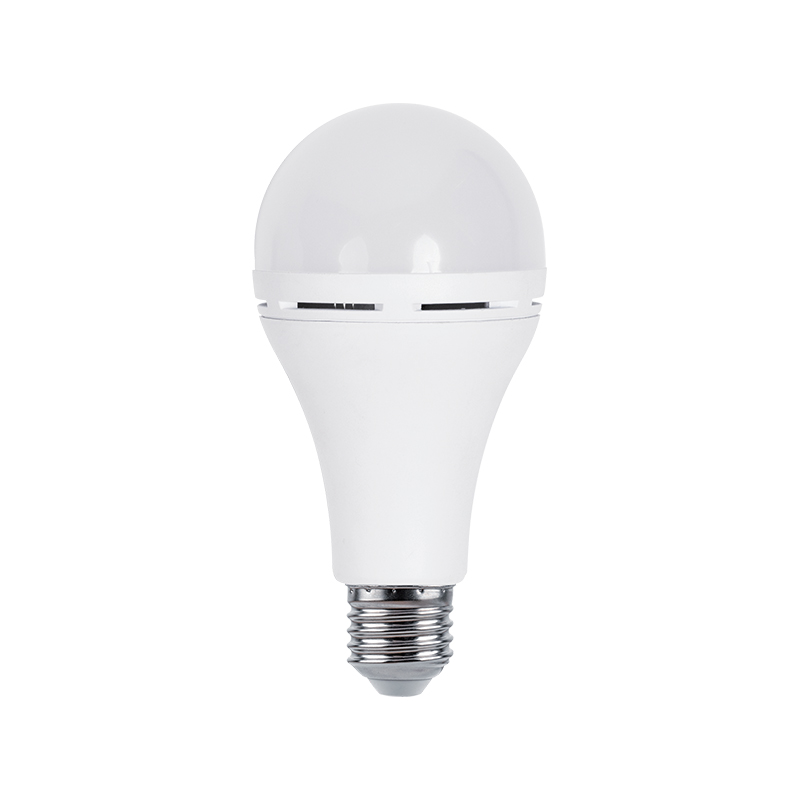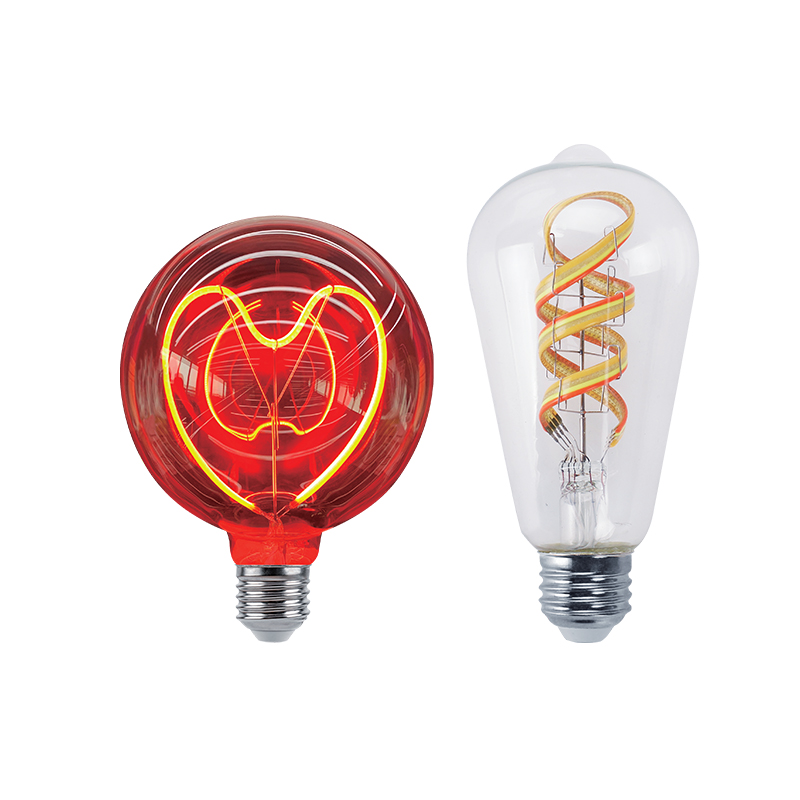We sincerely look forward to establishing a long-term development partnership with you with good quality and professional services.
The adoption of intelligent lighting solutions represents a significant leap forward in energy management and operational efficiency for commercial and industrial facilities. Among these solutions, the t8 microwave motion detective led tube has emerged as a particularly transformative technology. By integrating seamless motion detection directly into a familiar form factor, it eliminates the need for separate sensor components and complex control wiring. However, the full benefits of this advanced lighting can only be realized through correct installation. A critical and often misunderstood aspect of this process is the power configuration. Unlike traditional fluorescent tubes or even basic LED replacements, a microwave sensor tube requires a specific wiring approach to power its internal intelligence.
Understanding the Core Technology: Beyond a Simple LED Tube
Before delving into wiring specifics, it is essential to comprehend what sets a microwave motion sensor tube apart. This is not a standard LED tube with a simple driver circuit. It is an integrated system comprising three key components: a high-efficiency LED light engine, a sophisticated power supply unit, and a microwave Doppler radar sensor.
The microwave sensor operates by emitting low-power electromagnetic waves and analyzing the reflected signal. Movement within its detection field causes a disturbance in this signal, triggering the sensor to switch the lights on or off based on the programmed settings for time delay and sensitivity. This technology offers significant advantages over passive infrared (PIR) sensors, including the ability to detect motion through non-metallic partitions and its insensitivity to ambient temperature changes. However, this advanced functionality demands a continuous supply of power to the sensor’s circuitry, even when the LEDs are in the off state. This requirement for “always-on” power is the root cause of the wiring distinction between single-ended and double-ended configurations. Failing to provide this constant power will render the motion detection feature inoperative, reducing the tube to a basic, always-on luminaire and negating its energy-saving purpose.
The Critical First Step: Ballast Compatibility and Bypass
A universal prerequisite for installing any led tube replacement, including the microwave sensor variant, is addressing the existing fluorescent ballast. Fluorescent fixtures rely on either magnetic (inductive) or electronic ballasts to regulate current to the tube.
Magnetic ballasts are not compatible with LED tubes and must be completely removed from the circuit. Their output characteristics can damage the internal driver of the LED tube and pose a fire hazard.
Electronic ballasts may be labeled as “LED-ready” or “instant-start,” but compatibility is not guaranteed. Even if compatible, the ballast represents an unnecessary point of failure and energy loss. The most reliable, efficient, and recommended practice is to bypass the ballast entirely. This process involves physically disconnecting and removing the old ballast and rewiring the fixture socket(s) directly to the mains AC power source. Ballast bypass is a mandatory procedure for a t8 microwave motion detective led tube to function correctly, as the tube’s internal power supply is designed to operate directly from the line voltage. Attempting to power the tube through a ballast will likely result in premature failure, flickering, or non-operation of both the lights and the sensor. It is imperative that this electrical work is performed by a qualified electrician in compliance with all local and national electrical codes.
Single-Ended Power Wiring
Single-ended power, also known as shunted or non-shunted socket wiring, is the most common and frequently recommended method for installing a t8 microwave motion detective led tube. In this configuration, both the Line (hot) and Neutral AC power wires are connected to one end of the fixture. The primary advantage of this method is its simplicity and its direct alignment with how the tube’s internal electronics are designed to receive power.
The Wiring Process:
- Fixture Preparation: After ensuring the power is disconnected at the circuit breaker, the old fluorescent tubes are removed, and the ballast is bypassed and removed.
- Power Connection: At one end of the fixture (typically labeled “Line” or “Input”), the mains Line wire is connected to one socket terminal, and the mains Neutral wire is connected to the other socket terminal. This provides full AC power to this single set of pins.
- Opposite End Connection: The socket at the opposite end of the fixture is dedicated solely to the switching function. The two terminals of this socket are connected to each other with a jumper wire or are part of a shunted socket. This creates a continuous electrical path that allows the tube to complete the circuit to its internal switch (the relay that turns the LEDs on/off based on sensor input).
- Tube Installation: The t8 microwave motion detective led tube is then installed. The pins on the “powered end” receive constant AC voltage to run the sensor and control circuitry. The pins on the “jumped end” allow the tube’s internal relay to open or close the circuit to the LEDs themselves.
This method ensures that the microwave sensor has uninterrupted power, enabling it to monitor the environment continuously. When motion is detected, the internal relay closes, completing the circuit through the jumped end and illuminating the LEDs. This setup is highly reliable and is the standard for most modern LED tube installations.
Double-Ended Power Wiring
Double-ended power is an alternative wiring method that is less common for sensor tubes but is still encountered. In this configuration, the AC power is not consolidated on one end. Instead, the Line wire is connected to one socket terminal on one end of the fixture, and the Neutral wire is connected to one socket terminal on the opposite end. This method was more prevalent in certain types of older fluorescent fixtures and specific instant-start ballast configurations.
Important Considerations for Microwave Sensor Tubes:
While some basic non-sensor led tubes can operate in a double-ended power setup, it is generally not recommended for a t8 microwave motion detective led tube. The reason is inherent to the design of the tube’s electronics. The internal power supply for the sensor and control logic is typically designed to draw power from a single end. If power is split across both ends, it can prevent the control circuitry from receiving stable, continuous power. This can lead to several operational issues:
- Intermittent Sensor Operation: The sensor may reset, flicker, or fail to initialize properly.
- Failure to Detect Motion: The sensor might not have enough power to operate consistently, causing it to miss detection events.
- Unexpected Behavior: The tube may exhibit unpredictable on/off cycling.
However, some specific models of microwave sensor tubes are engineered to accommodate double-ended wiring. It is absolutely critical to consult the manufacturer’s installation sheet for the specific product before proceeding. If the instructions explicitly permit and outline a double-ended wiring diagram, it can be used. If the instructions are silent or only show a single-ended diagram, that is the only supported method. Assuming compatibility without verification is a common installation error that leads to performance issues and customer callbacks.
Comparative Analysis: Single-Ended vs. Double-Ended
The following table provides a clear, side-by-side comparison of the two wiring methods for a t8 microwave motion detective led tube.
| Feature | Single-Ended Power | Double-Ended Power |
|---|---|---|
| Definition | AC Line and Neutral wires are connected to the socket at one end of the fixture. | AC Line wire is connected to one end; AC Neutral wire is connected to the opposite end. |
| Socket Type | Requires non-shunted (isolated) sockets at the powered end. | Typically uses shunted sockets at both ends. |
| Power to Sensor | Provides stable, continuous power directly to the tube’s control circuitry. | May provide unstable or insufficient power to the control circuitry, unless specifically designed for it. |
| Compatibility | The standard and universally supported method for microwave sensor tubes. | Only supported by a specific subset of microwave sensor tubes; requires explicit manufacturer approval. |
| Reliability | Very high. The direct and simple connection minimizes points of failure. | Potentially lower. Risk of improper operation if the tube is not designed for this method. |
| Ease of Installation | Straightforward once the ballast is removed. Follows a logical and common wiring pattern. | Can be more complex and is less common. Higher risk of wiring error. |
| Recommended Use | The strongly recommended and default method for all installations unless otherwise specified. | Should only be used if the product’s technical documentation explicitly provides instructions for it. |
Step-by-Step Installation Guide
This guide outlines the general procedure for a single-ended wiring installation. Always defer to the specific instructions provided with your product.
Safety Warning: Always disconnect power at the circuit breaker before performing any electrical work. Verify that no voltage is present using a certified voltage tester. Installation should be performed by a qualified electrician.
- Power Disconnection: Turn off the circuit breaker supplying power to the light fixture.
- Access and Remove Old Components: Remove the existing fluorescent tubes and the fixture’s cover or lens to access the wiring channel. Locate the ballast.
- Remove the Ballast: Disconnect all wires connected to the ballast. Remove the ballast from the fixture. Properly dispose of the old ballast according to local regulations.
- Identify Wires: Identify the incoming Line (usually black) and Neutral (usually white) wires from the building’s AC power source. Also identify the ground wire (usually green or bare copper).
- Wire the Powered End (Single-Ended):
- Connect the incoming Line (black) wire to one terminal of the socket at one end of the fixture.
- Connect the incoming Neutral (white) wire to the other terminal of the same socket.
- Ensure the ground wire is securely connected to the fixture’s ground terminal.
- Wire the Opposite End:
- At the socket on the opposite end of the fixture, install a jumper wire between the two socket terminals. If the socket is already shunted (the terminals are internally connected), no jumper is needed.
- Isolate and Cap Wires: Any unused wires from the original ballast wiring should be capped off with wire nuts and safely tucked into the fixture.
- Reassemble and Install Tube: Replace the fixture cover. Install the t8 microwave motion detective led tube into the sockets. The end with continuous power will typically be marked on the tube itself.
- Power On and Test: Restore power at the circuit breaker. The tube may take a few moments to initialize. Test the motion sensor by walking into its detection zone and observing the activation after a brief delay.
Troubleshooting Common Wiring Issues
Even with careful installation, issues can arise. Understanding how to diagnose common problems related to wiring is crucial.
- Tube Does Not Light Up and Sensor is Inactive: This indicates a complete lack of power. Verify that circuit breaker is on. Check that the Line and Neutral connections at the powered socket are secure and correct. Ensure the ballast was completely removed and bypassed.
- Sensor is Active (e.g., faint glow or status light), but LEDs Do Not Turn On: This suggests that continuous power is reaching the sensor circuitry (good), but the switching circuit is incomplete. This is a classic symptom of an error at the jumped end. Verify that the jumper wire is correctly installed between the two terminals of the opposite socket or that a shunted socket is used.
- Flickering or Erratic Sensor Behavior: In a single-ended setup, this could be caused by a loose wire connection at either the powered or jumped end. In a double-ended setup, this is a typical sign that the tube is not receiving stable power for its electronics and is not designed for that wiring method.
- Lights Stay On Permanently: This usually indicates a setting issue rather than a wiring fault. Check the time delay adjustment on the tube. If the time delay is set to its maximum, the light may remain on for very long periods. Also, check the lux (light level) threshold setting; if set too high, the tube may not turn off during daytime hours.

 English
English Español
Español Deutsch
Deutsch
